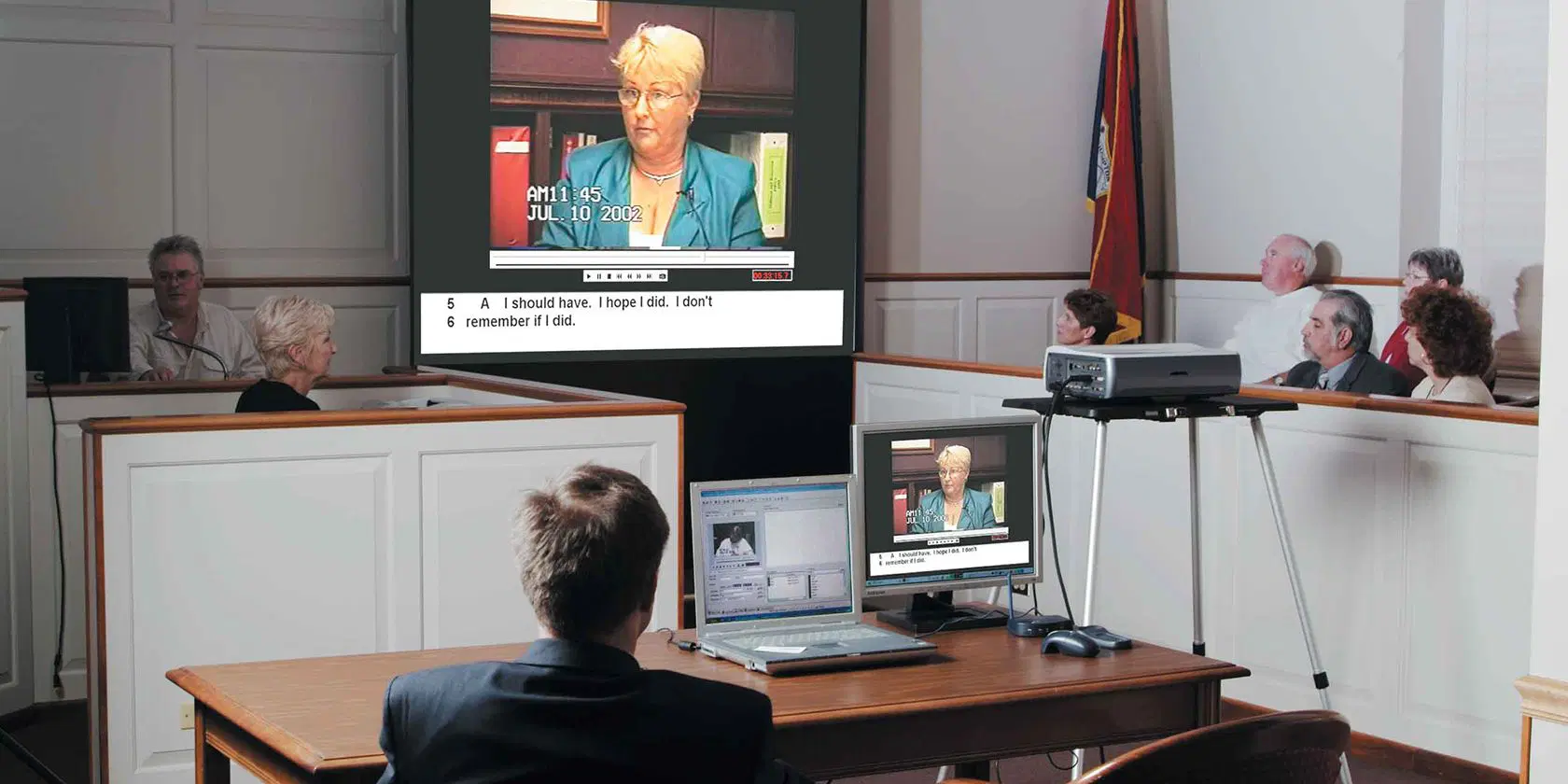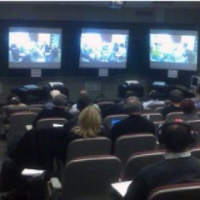Why Trial Presentations Should Be Customized to Your Audience for Optimal Effectiveness
Why Trial Presentations Should Be Customized to Your Audience for Optimal Effectiveness
Blog Article
Why Solid Trial Presentations Are Key to Legal Success
The relevance of solid test discussions can not be overemphasized in the world of lawful practice. These presentations work as the main automobile for sharing debates and proof, basically forming juror assumptions and influencing their decision-making processes. A well-crafted narrative, enhanced by tactical visual aids and emotional engagement, fosters an extensive link with jurors, eventually influencing their understanding of the instance. Nonetheless, the subtleties of successfully adjusting these presentations to diverse juror backgrounds present complexities that merit further exploration, specifically in the context of attaining positive results in trials.
Significance of Effective Interaction
Efficient interaction is critical in a lawful setup, as it acts as the channel with which arguments, evidence, and lawful concepts are communicated to judges and juries. trial presentations. Clear expression of realities and legal precedents enables for an influential presentation that can substantially affect the decision-making process.
In addition, effective communication promotes relationship and trust between attorneys and their customers, boosting collaboration and guaranteeing that all parties are lined up in their goals. It additionally plays a critical role in jury choice and involvement, where the capacity to get in touch with jurors can influence their receptiveness to the instance. In addition, non-verbal interaction, such as body language and eye contact, adds to the overall impression an attorney makes, strengthening spoken messages.
Ultimately, mastering effective communication can lead to a more engaging and coherent discussion, raising the likelihood of a beneficial decision. Therefore, attorneys should prioritize developing their communication skills as a keystone of their test prep work and approach.

Crafting an Engaging Story
Effective communication prepares for crafting an engaging story in legal trials. A well-structured story not only involves the court but also clarifies complicated lawful concerns. The objective is to provide the truths in a manner that resonates psychologically and rationally with the audience, permitting them to understand the case from the customer's point of view.
To accomplish this, lawyers need to identify the central style or message of the instance, which works as the backbone of the story. Each item of proof and witness statement need to be woven right into this style, enhancing it instead of interfering with it. This creates a natural storyline that is simple for the jury to adhere to.
Moreover, using relatable characters-- be it the plaintiff, accused, or vital witnesses-- can humanize the situation, making it a lot more unforgettable. Attorneys must likewise consider the pacing of their story, making sure that essential minutes are highlighted and that the tale unravels in a rational progression.
Inevitably, a compelling story changes official site the discussion of facts into an influential disagreement, assisting the jury toward a beneficial conclusion while ensuring that the complexities of the lawful system continue to be easily accessible and reasonable.
Utilizing Aesthetic Aids
Visual aids play a crucial duty in improving the comprehension and retention of details during lawful trials. By offering complicated data and debates visually, attorneys can streamline complex details, making them a lot more available to jurors. Graphes, graphs, and photos can properly show essential points, enabling jurors to realize essential truths quickly.
Making use of aesthetic aids not just aids in clearness yet likewise involves the audience's interest. Jurors are more probable to bear in mind details presented visually than with verbal explanations alone. Showing timelines through visual depictions can make clear the sequence of events, assisting jurors recognize the context of the case.
Furthermore, aesthetic help can help to highlight disparities in evidence, making them a lot more obvious. When used tactically, they can highlight the toughness of the debate or expose weaknesses in the opposite side's situation. trial presentations. Making use of modern technology, such as interactive presentations or animations, can even more improve involvement and understanding
Involving the Court Psychologically
Frequently, successful trial presentations need more than simply sensible debates and valid proof; they have to likewise resonate on an emotional level with jurors. Engaging the jury emotionally can considerably influence their perception of the case and their supreme verdict. By crafting a narrative that humanizes the parties entailed, lawyers can develop a psychological link that motivates jurors to empathize with the clients' experiences.
To achieve this, lawyers should concentrate on narration methods that highlight the personal risks and real-life implications of the instance. This might include sharing touching anecdotes or utilizing effective visuals that stimulate feelings of compassion, temper, or sadness. Such aspects can assist jurors see beyond the lawful intricacies and comprehend the human dimensions of the scenario.
Additionally, the use of tone, body language, and eye get in touch with during the presentation can additionally enhance psychological engagement. Therefore, psychological engagement is a critical element of an engaging trial presentation.
Adjusting to Target Market Assumptions
Comprehending the assumptions of the jury is necessary for a successful trial discussion. Jurors featured preconceived concepts affected by personal experiences moved here and social narratives, which can substantially influence their decision-making. Because of this, customizing your discussion to align with these expectations can improve your influential power.

Furthermore, developing trustworthiness is paramount. Jurors expect lawyers to present evidence and disagreements that are not just compelling however likewise ethically sound - look these up trial presentations. This consists of being clear regarding the strengths and weaknesses of your instance, which fosters depend on and regard
Finally, expect jurors' concerns and issues. Attending to prospective uncertainties proactively shows an understanding of their viewpoint and a dedication to clarity. By adapting your presentation to meet target market expectations, you develop a more compelling narrative, ultimately improving the possibilities of a positive decision.

Final Thought
In final thought, solid trial discussions are vital to achieving lawful success. Mastering the art of test presentation is crucial for legal practitioners aiming to safeguard beneficial end results.
Report this page